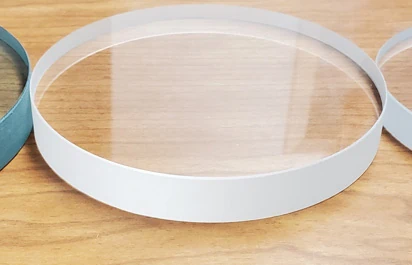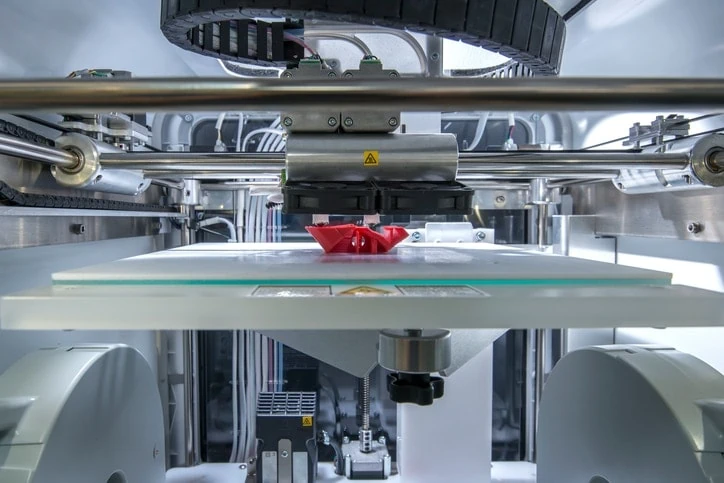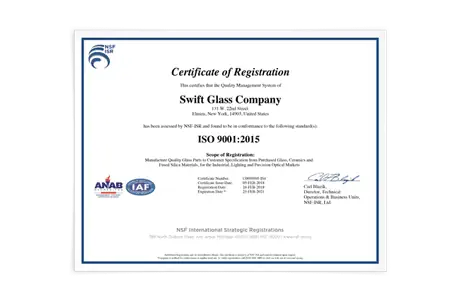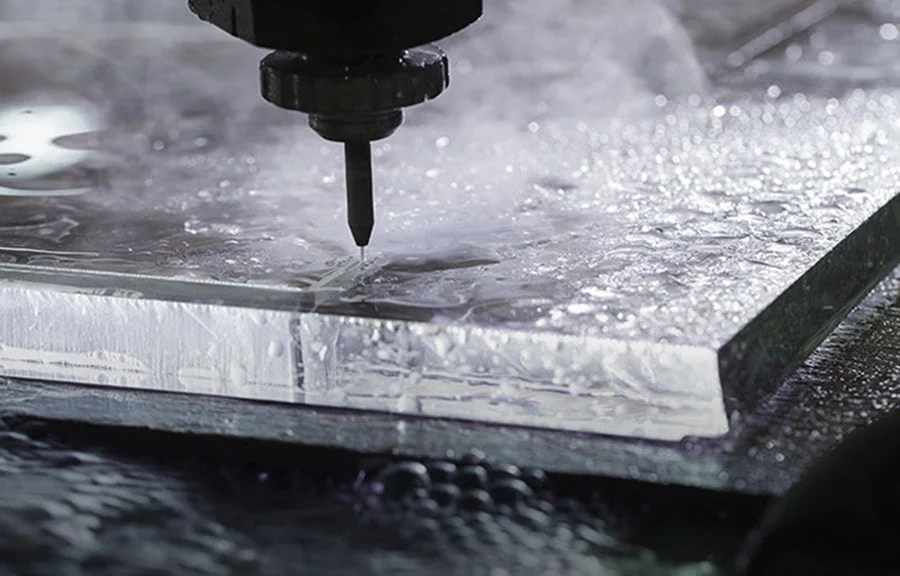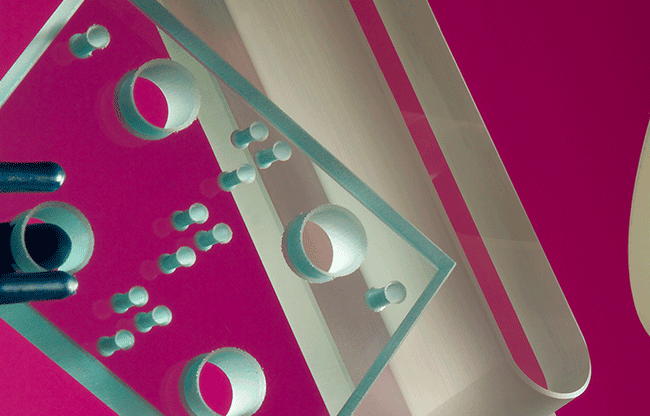3D printing, or additive manufacturing, is a method for making 3D objects based on digital models. In this process, a special printer deposits sequential layers of material onto a substrate. As the layers build up, they form a three-dimensional piece.
One of the most important parts of a 3D printing system is the substrate, or printing bed. The bed must be flat, smooth, and stiff to provide support for the item being printed. The bed surface also needs to be adequately adhesive to hold the item in place until all layers are completed.
There are several options for 3D printer bed materials, including aluminum and plastic; however, glass is often the more superior choice – specifically, borosilicate glass. Learn more about the properties and characteristics of borosilicate glass that make it the ideal 3D printing bed material.
Why Choose Glass for Your 3D Printer Bed — Main Benefits
A glass 3D printer bed is an ideal substrate. Some of the specific benefits of 3D printing on glass include:
- Durability and long service life
- Thermal stability and excellent heat distribution
- Improved adhesion during printing
- Easy print removal
- Cost-effective material
- Consistent material composition
- Ease of cleaning
- High material density
- Rigidity
- Flat, smooth surface
- Simple setup and no recalibration
- No need to apply adhesive promoters
Borosilicate Glass: The Superior Choice for 3D Printing Beds
Glass 3D printing beds work well for a variety of applications and materials. Borosilicate glass is a specific type that outperforms other glass materials, such as soda-lime glass. Both contain silica and boric oxide, but in different proportions, resulting in different properties. The characteristics of borosilicate glass that make it a good choice for 3D printing beds include:
- Specifically formulated for high-temperature applications. The precise amount of boric oxide in borosilicate gives it excellent thermal properties including low thermal expansion and high resistance to thermal shock at temperatures up to 500°F. It also remains clear and resists warping at high temperatures.
- Chemically resistant. Borosilicate glass is resistant to chemicals, which makes it suitable for use with cleaning solvents and other harsh materials.
- Flexibility. Borosilicate glass is harder than other types of glass and can be used successfully for both simple and complex or intricate shapes.
- Sustainability. Another advantage of borosilicate glass is its sustainability. Unlike plastics, it is made with naturally occurring raw materials that are readily available and simple to procure.
Need Glass for Your 3D Printing Needs? Contact Our Glass Specialists Today
If you’re ready to replace or upgrade your 3D printer bed, you have many options. Consider investing in a borosilicate glass 3D printer bed for a high-quality substrate with a long service life and top performance.
Swift Glass can design and manufacture custom borosilicate printer beds to meet your requirements. Additional capabilities include glass cutting, edge grinding and polishing, thermal tempering, chemical strengthening, and microblast machining. We are also an ITAR-registered and ISO 9001:2015-certified company, and have decades of experience with a variety of glass material types.
Contact us today and to learn more about our services or request a quote to get started on a custom solution.


